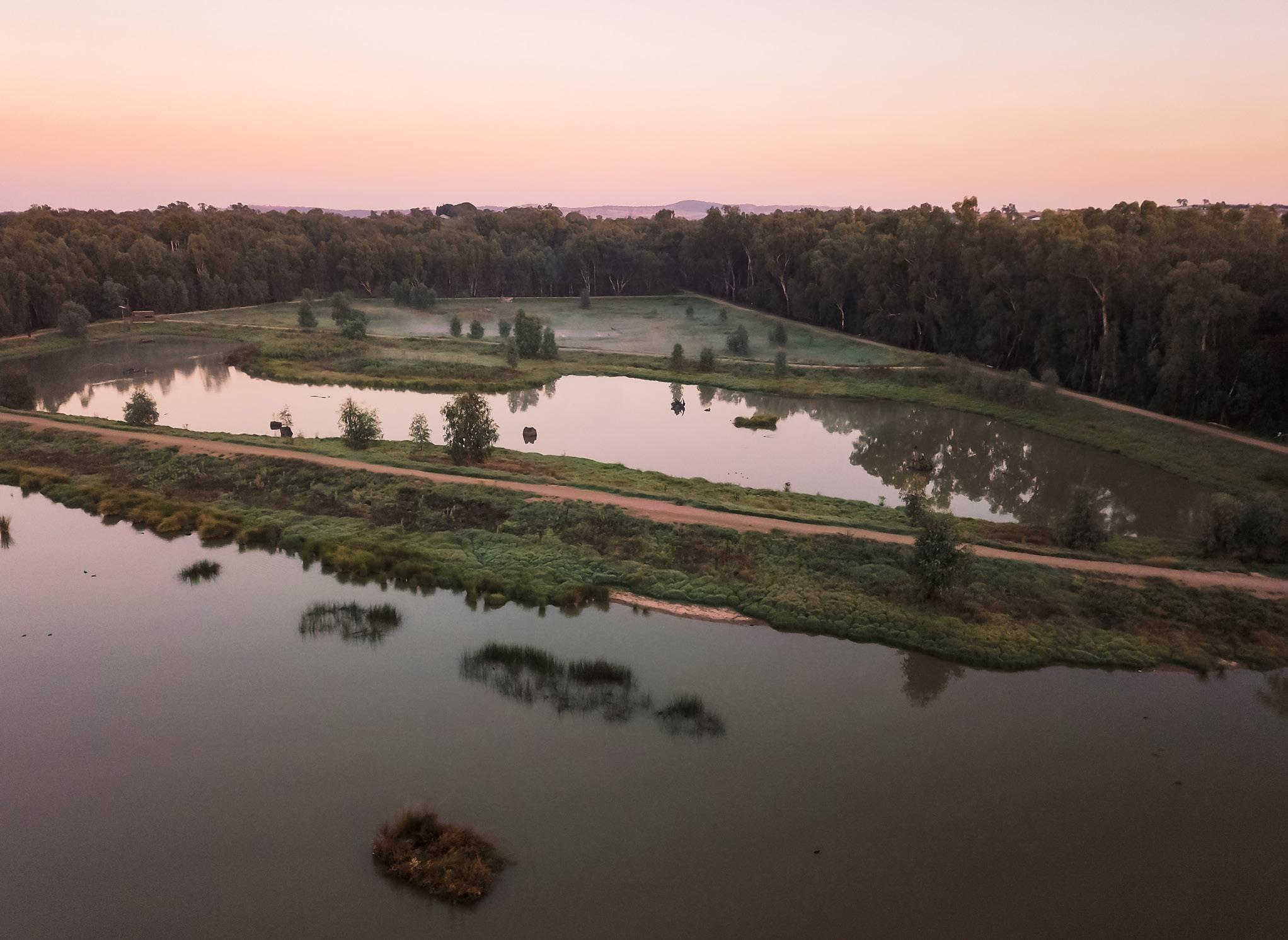
4 minute read
The environment
Objective: Future growth and development of Wagga Wagga is planned for in a sustainable manner
Measures
• Number of hectares of open space meets Recreation, Open Space and Community Spaces requirements • Percentage of households where mortgage repayments are 30% of household income or less is maintained / increased • Percentage of households where rent payments are 30% of household income or less is maintained / increased • Council’s Delivery Program and Operational Plan performance results
Strategy
Ensure sustainable urban development
Provide for a diversity of housing that meets our needs
Council’s role Our partners
• Provider • Leader • Collaborator • Planner • Advocate • Elected representatives of Council • NSW State Government departments, agencies and organisations • Neighbouring councils and Joint Organisations • Business and industry groups
• Collaborator • Planner • Advocate • Elected representatives of Council • NSW State Government departments, agencies and organisations • Federal Government • Business and industry groups
Objective: Our natural areas are protected and enhanced
Measures
• Number of hectares of protected natural vegetation is increasing • Community satisfaction with protecting the natural environment is increasing • The proportion of people who rated ‘environmental degradation in general’ as no/low problem is increasing • Council’s Delivery Program and Operational Plan performance results
Strategy
Preserve and improve our natural assets • Provider • Leader • Collaborator • Planner • Capacity builder • Advocate • Elected representatives of Council • Wiradjuri and First Nations Communities • Community leaders, groups and members • NSW State Government departments, agencies and organisations • Non-government organisations • Neighbouring councils and Joint Organisations
Council’s role Our partners
Objective: Our built environment is functional, attractive and health promoting
Measures
• Community satisfaction with the appearance of Wagga Wagga is increasing • Community satisfaction with reserves and open spaces is increasing • Community satisfaction with community buildings / halls is increasing • Community satisfaction with parks and playgrounds is increasing • Number of closure/high alert days for Lake Albert is decreasing • Number of days considered as having unhealthy air quality is decreasing • The percentage of shade provided within public open spaces and places is increasing • Number of trees planted • Council’s Delivery Program and Operational Plan performance results
Strategy
Look after and maintain community assets
Create an attractive city
Council’s role Our partners
• Provider • Leader • Collaborator • Planner • Advocate • Elected representatives of Council • NSW State Government departments, agencies and organisations • Neighbouring councils and Joint Organisations • Community leaders, groups and members
• Provider • Leader • Collaborator • Planner • Capacity builder • Advocate • Elected representatives of Council • NSW State Government departments, agencies and organisations • Community leaders, groups and members • Business and industry groups • Service providers
Improve the facilities of our spaces and places • Provider • Leader • Collaborator • Planner • Capacity builder • Advocate • Elected representatives of Council • NSW State Government departments, agencies and organisations • Neighbouring councils and Joint Organisations • Community leaders, groups and members • Business and industry groups • Service providers
Objective: Wagga Wagga is sustainable, liveable, and resilient to the impacts of climate change
Measures
• Corporate emissions are decreasing • Community emissions are decreasing • Community satisfaction with environmental education programs is increasing • Community satisfaction with waste and recycling services is increasing • Number of participants in environmental days • Reduction of waste going into landfill • Kg of kerbside recycling per capita • Tonnes of organics composted • Per capita water usage • Number of small-scale solar panel system installations is increasing • Council’s Delivery Program and Operational Plan performance results
Strategy Council’s role Our partners
Educate and engage our community in sustainability • Provider • Leader • Collaborator • Planner • Capacity builder • Advocate • Elected representatives of Council • NSW State Government departments, agencies and organisations • Wiradjuri and First Nations Communities • Community leaders, groups and members
Work towards net zero emissions for Council by 2040
Support and empower our community to reach 50% reduction in emissions compared to 2005 levels by 2030 and to achieve Net Zero Emissions by 2050
Adapt to our changing climate • Provider • Leader • Collaborator
• Leader • Collaborator • Planner • Capacity builder • Advocate
• Provider • Leader • Collaborator • Planner • Capacity builder • Advocate • Elected representatives of Council • NSW State Government departments, agencies and organisations • Federal Government • Contracted service providers • Elected representatives of Council • Community leaders, groups and members • NSW State Government departments, agencies and organisations • Federal Government • Non-government organisations • Neighbouring councils and Joint Organisations • Business and industry groups • Service providers • Elected representatives of Council • Community leaders, groups and members • NSW State Government departments, agencies and organisations • Non-government organisations • Neighbouring councils and Joint Organisations • Business and industry groups
Strategy
Minimise our impact on the environment
Transition towards a circular economy through more sustainable resource use
Council’s role Our partners
• Provider • Leader • Collaborator • Planner • Capacity builder • Advocate
• Leader • Collaborator • Planner • Capacity builder • Advocate • Elected representatives of Council • Community leaders, groups and members • NSW State Government departments, agencies and organisations • Federal Government • Non-government organisations • Neighbouring councils and Joint Organisations • Business and industry groups • Service providers • Elected representatives of Council • NSW State Government departments, agencies and organisations • Federal Government • Neighbouring councils and Joint Organisations • Business and industry groups • Service providers




